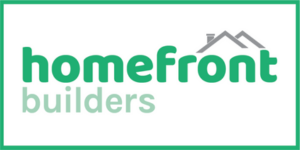9 Types Of Flooring To Consider
The largest surface in your home is the floor. There are many options to take into consideration when selecting the right flooring for your home or place of business. The selections, which range from traditional hardwood to contemporary, low-maintenance materials, can be overwhelming. The nine widely used varieties of flooring materials that we will discuss in this blog post are hardwood, engineered wood, laminate, stone, tile, concrete, vinyl, carpet, and resin. We’ll look more closely at what makes each of these materials a wonderful choice for your next flooring project. Each of these materials has its own own set of advantages and disadvantages.
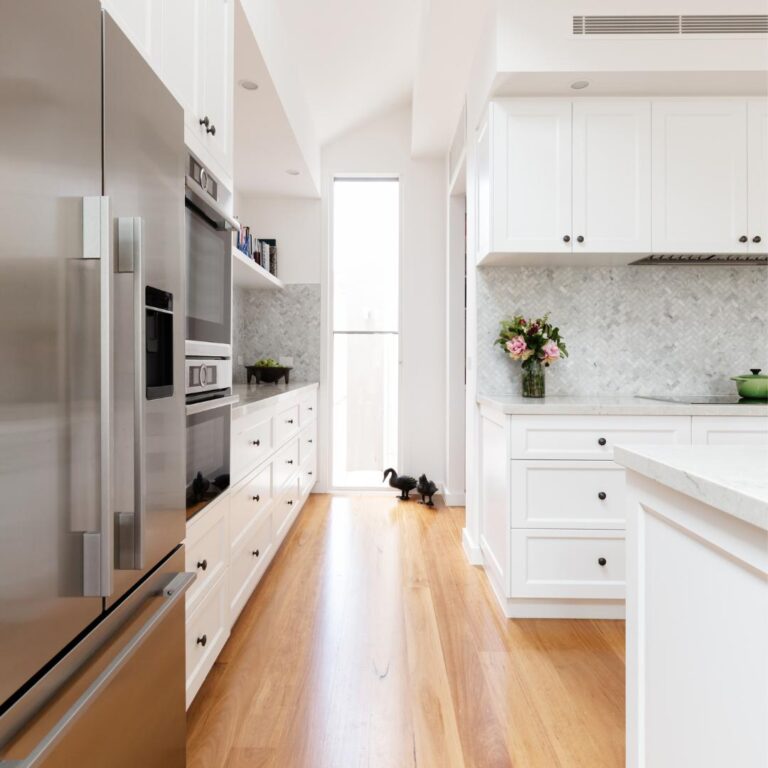
When considering different types of flooring, options include hardwood, engineered wood, laminate, stone, tile, concrete, vinyl, carpet and resin. Hardwood is classic but can be expensive, engineered wood is cost-effective, laminate mimics wood or stone, stone flooring is luxurious but costly, tile is versatile and durable, concrete flooring gives an industrial look but can be cold, Vinyl flooring is budget-friendly, Carpet is warm and soft but requires maintenance, and Resin flooring is low-maintenance but can be expensive.
9 Flooring Options
1. Hardwood
A classic and timeless alternative, hardwood flooring gives any room a natural appearance and feel. It is constructed with solid wood planks that are sawed from trees, sanded, and finished. The wood used is commonly oak, maple, or cherry. With the right upkeep and care, hardwood flooring is resilient and may last for many years. It may raise a home’s value and provide warmth and charm to any room.
Additionally, hardwood flooring can be more expensive than other alternatives, and to keep it looking its best, it needs to be regularly maintained with sanding and refinishing. It can be damaged or scuffed quickly and is not advised in locations with a lot of moisture or humidity. Despite this, hardwood flooring remains a popular choice among homeowners and designers alike for its natural beauty and durability.
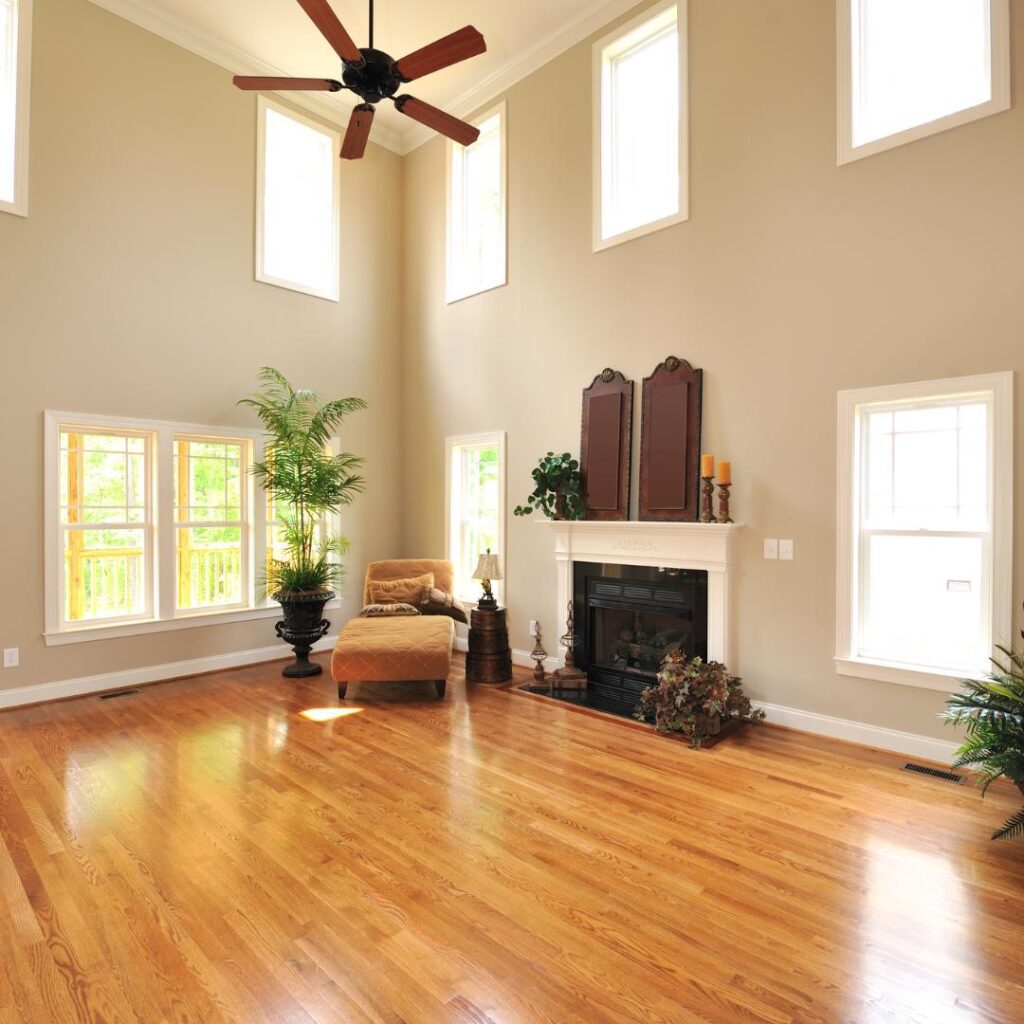
Pro's
- Great Look
- High Durability
- Low Maintenance
Con's
- High Cost
- Moisture Problems
- Noisy
2. Engineered Wood
A more affordable option to conventional hardwood flooring is engineered wood flooring. It is constructed by joining many layers of wood, with a solid hardwood top layer. It is more sturdy and resilient to variations in temperature and humidity thanks to its design than solid hardwood. In places like basements or on top of concrete slabs, where solid hardwood flooring is not advised, engineered wood flooring can be used.
Additionally, depending on the wear layer, it may be sanded and refinished 2-3 times, increasing its lifespan. It is moreover offered in a variety of hues and treatments that can replicate the appearance of real timber. It is not as resilient as genuine hardwood, though, and the top layer can eventually get damaged or deteriorated. Engineered wood flooring is a great option for those who want the look of hardwood flooring at a more affordable price and with less maintenance, as well it’s becoming more popular for heavy traffic areas or commercial spaces.
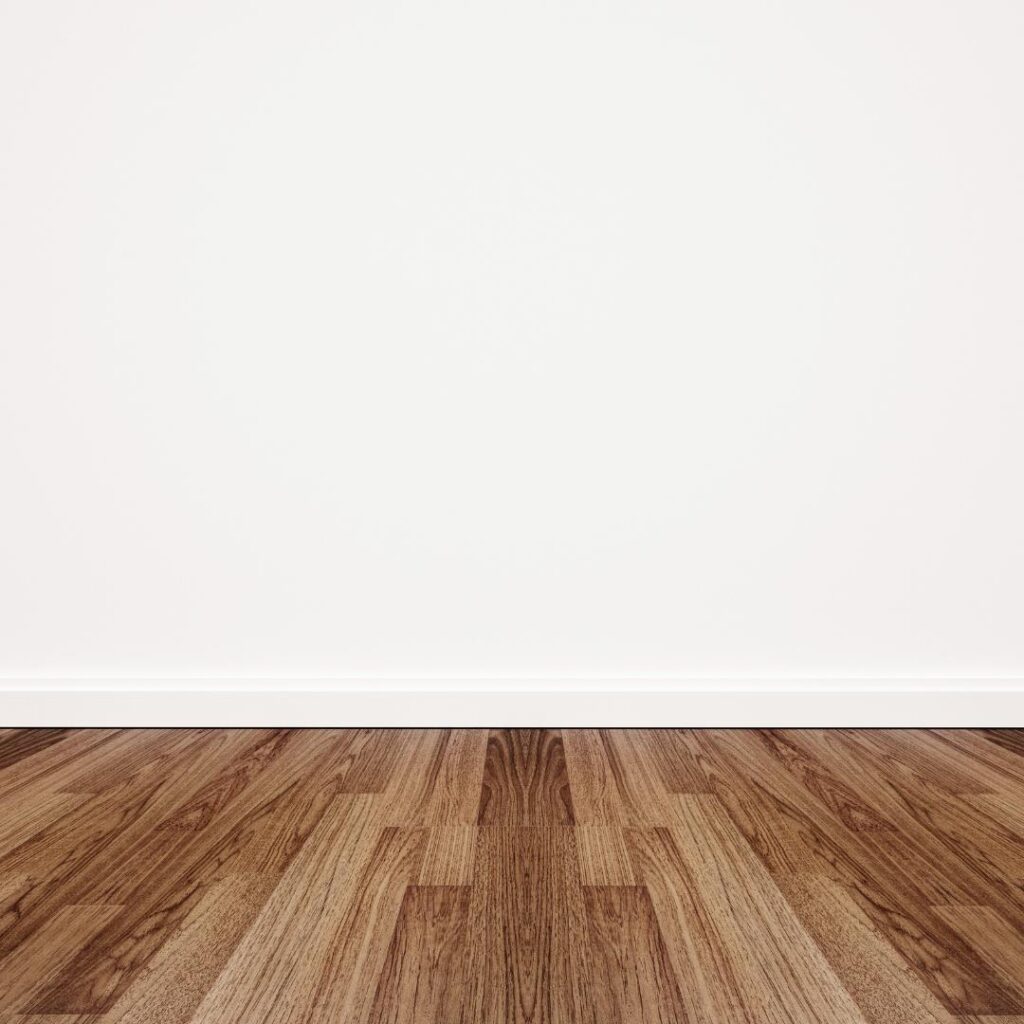
Pro's
- Affordable
- Withstands High Temperature
- Stylish
Con's
- High Maintenance
- Potential To Fade
- Quality Varies Per Manufacturer
3. Laminate
For those who want the appearance of hardwood or stone flooring without the expensive cost, laminate flooring is a popular and affordable choice. It is constructed of many layers of materials, including a high-resolution image of wood or stone, a wear layer, and a backing layer. The image is then sealed with a transparent protective coating. In addition to being scratch, stain and wear resistant, laminate flooring is also simple to install. Another benefit is that it has less upkeep than say, solid hardwood or stone floors. It also comes in a broad range of hues, designs, and finishes to replicate the appearance of stone or hardwood floors.
Additionally, fixing laminate flooring requires a laminate floor repair kit, it cannot be refinished like hardwood. It also doesn’t have the natural warmth and character of hardwood or the natural beauty of stone. Laminate flooring is great for those who want the look of hardwood or stone at a more affordable price, and it’s even suitable for heavy traffic areas or commercial spaces.
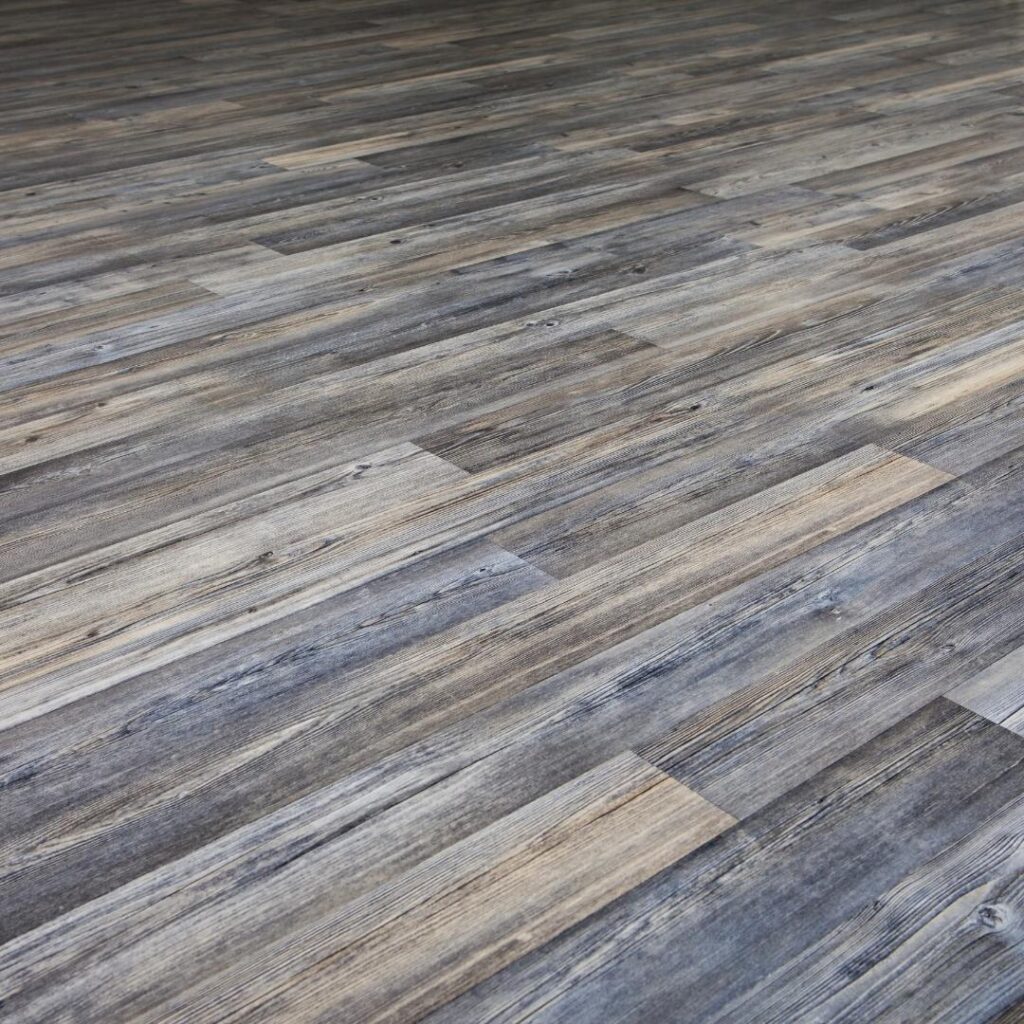
Pro's
- Affordable
- Easy Installation
- Beautiful Appearance
Con's
- Can't Be Refinished
- Not Moisture Proof
4. Stone
Any room may seem opulent and exquisite with stone floors like marble, granite, or slate. These natural materials provide every space a distinctive and attractive appearance since they are created by heat and pressure. They are appropriate for high-traffic areas since they are strong and long-lasting, as well as scratch- and stain-resistant. They also provide a distinctive and natural pattern, giving any room a one-of-a-kind appearance. However, installing stone flooring may be expensive and complicated, which raises the entire cost.
Additionally, stone flooring can be cold underfoot, particularly in cold areas, and it may be necessary to apply a sealant on a regular basis. Some types of stone are also more porous than others, making them more susceptible to staining if not properly sealed. Despite this, stone flooring remains a popular choice among homeowners and designers for its natural beauty and durability.
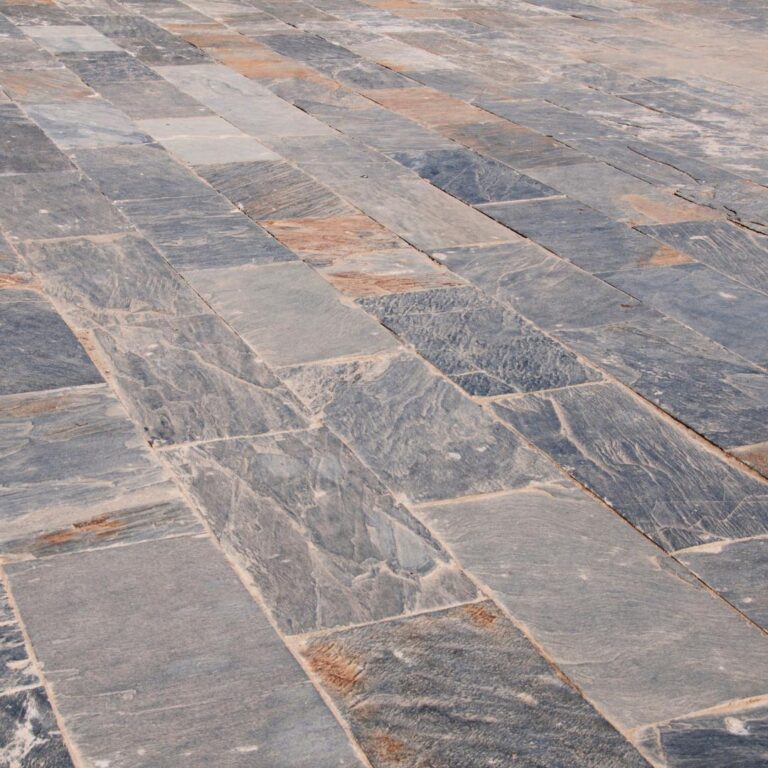
Pro's
- Long Lasting
- Naturally Cool
- Works Indoors and Outdoors
Con's
- Expensive
- Requires Skilled Installation
- Slippery When Wet
5. Tile
Tile flooring is a versatile and long-lasting choice that works well in high-traffic areas like kitchens, baths, and hallways. It is made of a number of substances, each with a special set of qualities, including ceramic, porcelain, and natural stone. Tile flooring is simple to clean and maintain since it resists dampness, stains, and scratches. It is simple to combine tile with any décor style because to the variety of colours, patterns, and finishes that it offers. Tile flooring is a flexible solution for any room since it can be utilized for a variety of design features, such as mosaics, patterns, and borders. Tile flooring, especially in colder areas, can be chilly underfoot and brittle and crack.
Additionally, some types of tile can be slippery when wet, so it’s important to choose the right type of tile depending on the location. Despite this, tile flooring remains a popular choice among homeowners and designers for its durability and aesthetic options.
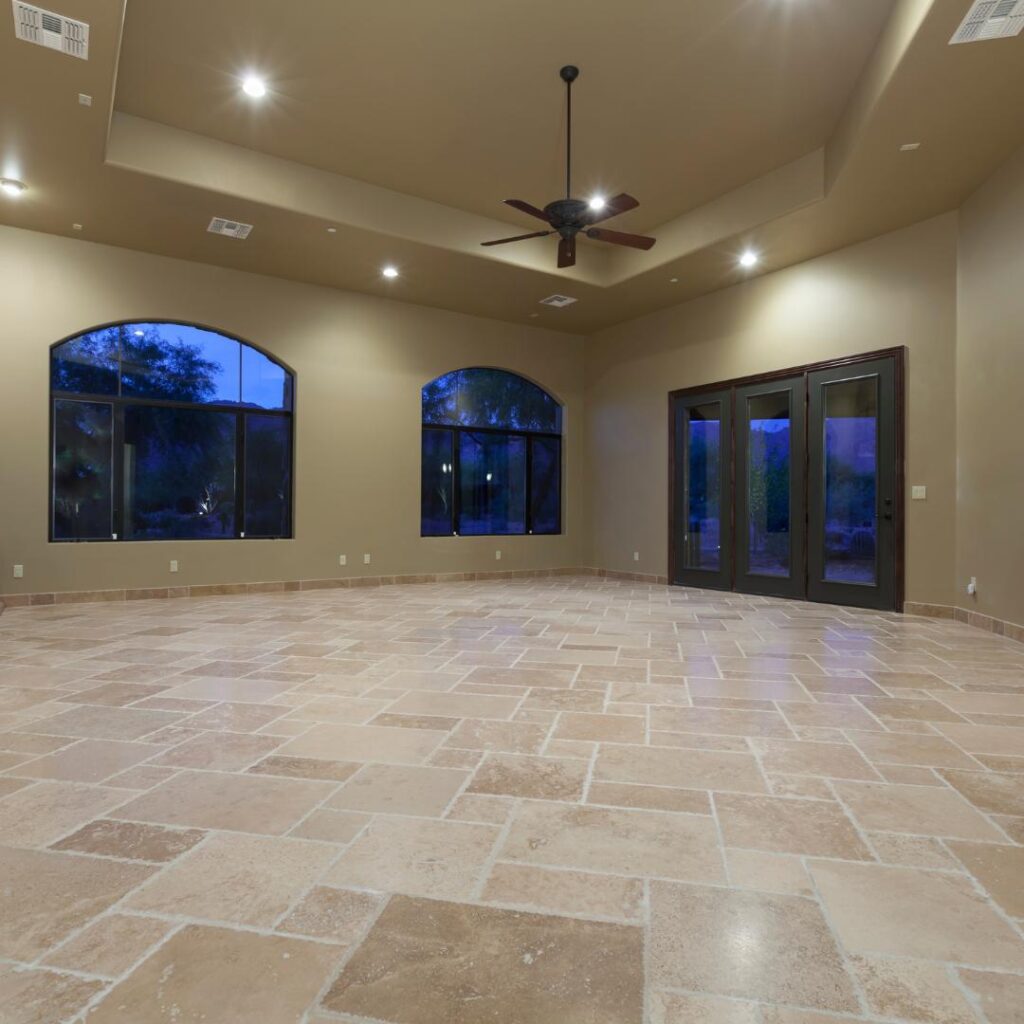
Pro's
- Long Lasting
- Durable
- Low Maintenance
Con's
- Can Be Expensive
- Cold and Hard
- Slippery When Wet
6. Concrete
Concrete flooring is a contemporary, industrial alternative that can give any room a distinctive, modern appearance. It is constructed from cement, water, and aggregate, and it may be painted, embossed, or polished for a distinctive appearance. Concrete flooring is ideal for high-traffic areas and commercial buildings since it is incredibly long-lasting and resilient. Additionally, it requires little upkeep and is simple to clean. It may also be an environmentally beneficial choice because it uses locally produced materials and can lower energy expenses. However, especially in colder areas, concrete floors can be uncomfortable to walk on.
Additionally, installing it calls for specialist equipment, which is costly. As well, it can be prone to cracking if not properly maintained or if it’s exposed to extreme temperature changes. Despite this, concrete flooring is gaining popularity among homeowners and designers for its durability, eco-friendliness and unique look.
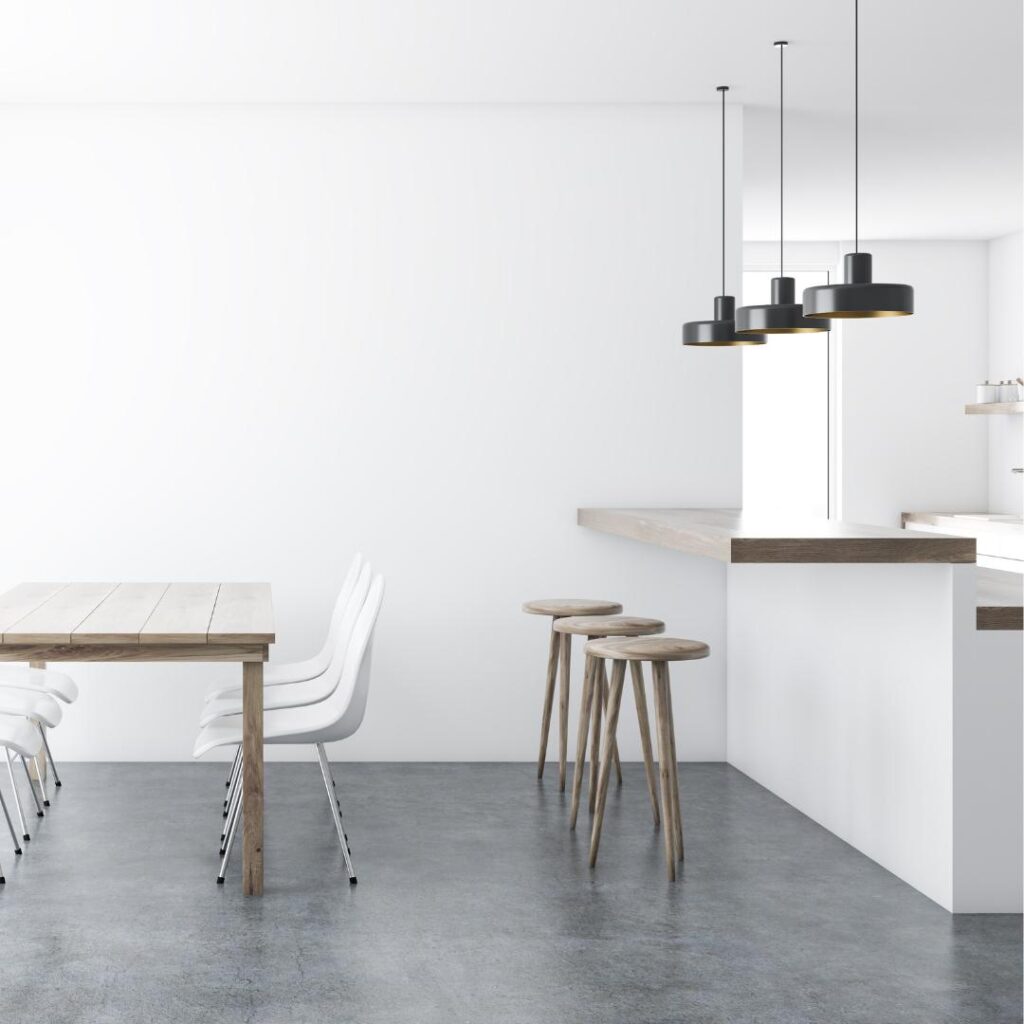
Pro's
- Inexpensive
- Environmentally Friendly
- Low Maintenance
Con's
- Hard and Cold
- Slippery When Wet
- Can Crack If Not Installed Right
7. Vinyl
Vinyl flooring may imitate the appearance of hardwood, tile, or stone flooring while being reasonably priced and low-maintenance. It is produced from a synthetic substance called polyvinyl chloride (PVC), and it comes in a huge selection of hues, designs, and finishes. Due to its water resistance, vinyl flooring is ideal for use in bathrooms, kitchens, and other spaces that frequently see spills and wetness. It is also a popular option for DIY projects because it is simple to install and maintain. In comparison to alternatives like tile or concrete, it is also a more cozy option to walk on.
Vinyl flooring can scrape and deteriorate over time since it is not as resilient as some other flooring alternatives. It also doesn’t have the natural warmth and character of hardwood or the natural beauty of stone. Vinyl flooring is a great option for those who want a low-maintenance and budget-friendly flooring option that mimics the look of hardwood, tile or stone.
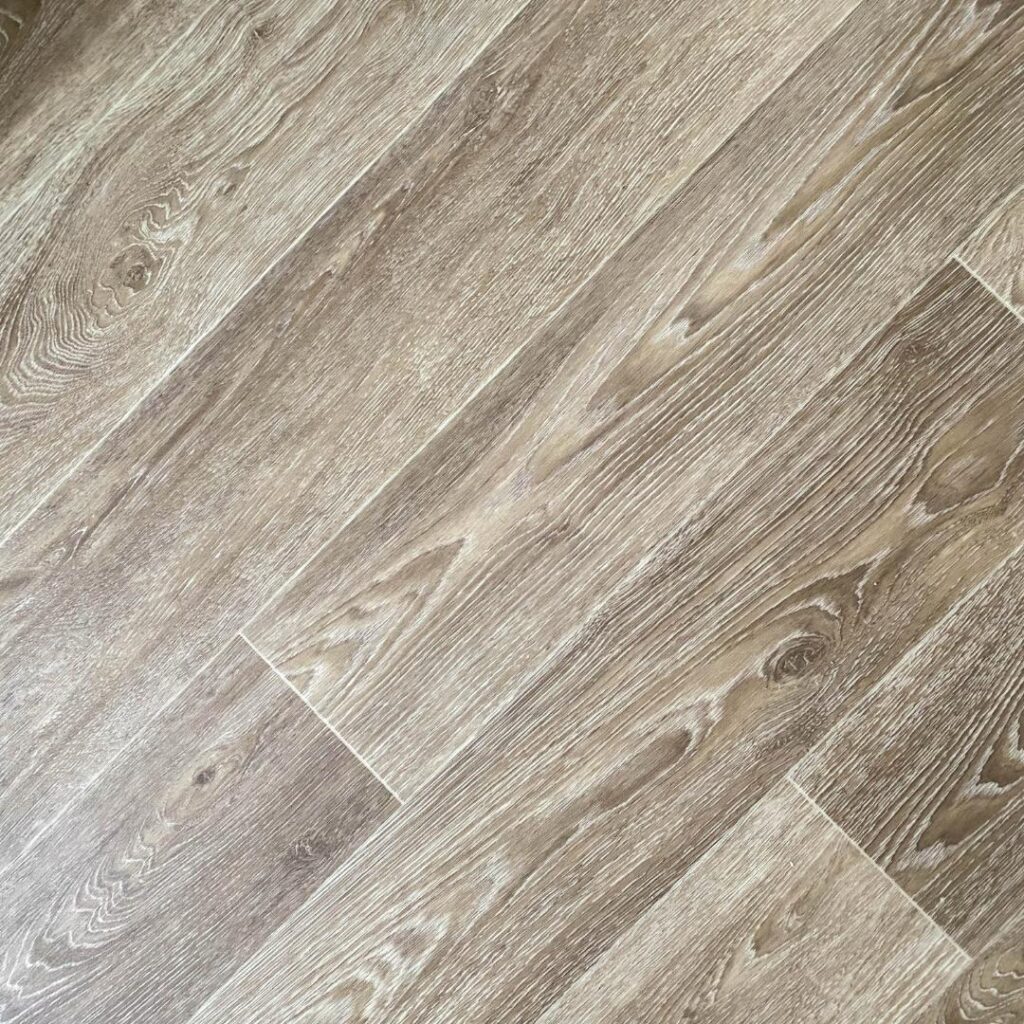
Pro's
- Waterproof
- Stain-Resistant
- Easy Maintenance
Con's
- Quality Can Vary
- Hard To Remove Once Installed
- Potential to damage easily
8. Carpet
The warmth and friendliness that carpet carpeting can bring to any room is unmatched. It is constructed from a range of substances, each of which has a special set of qualities and advantages, including wool, nylon, polyester, and olefin. Carpet is simple to match with any décor style since it comes in a huge variety of colours, patterns, and textures. It is a terrific alternative for bedrooms and other places where comfort is a priority because it also provides insulation, which helps to save energy bills. It may also be produced in various thicknesses and densities to meet various requirements, such as those for high- or low-traffic regions.
However, carpeting can be discoloured and is less long-lasting than certain other types of flooring. Carpet will also show wear over time, and requires regular vacuuming and cleaning to maintain its appearance. Carpet flooring is a great option for those who prioritize comfort and warmth over durability, and it can be a cost-effective option depending on the materials chosen.
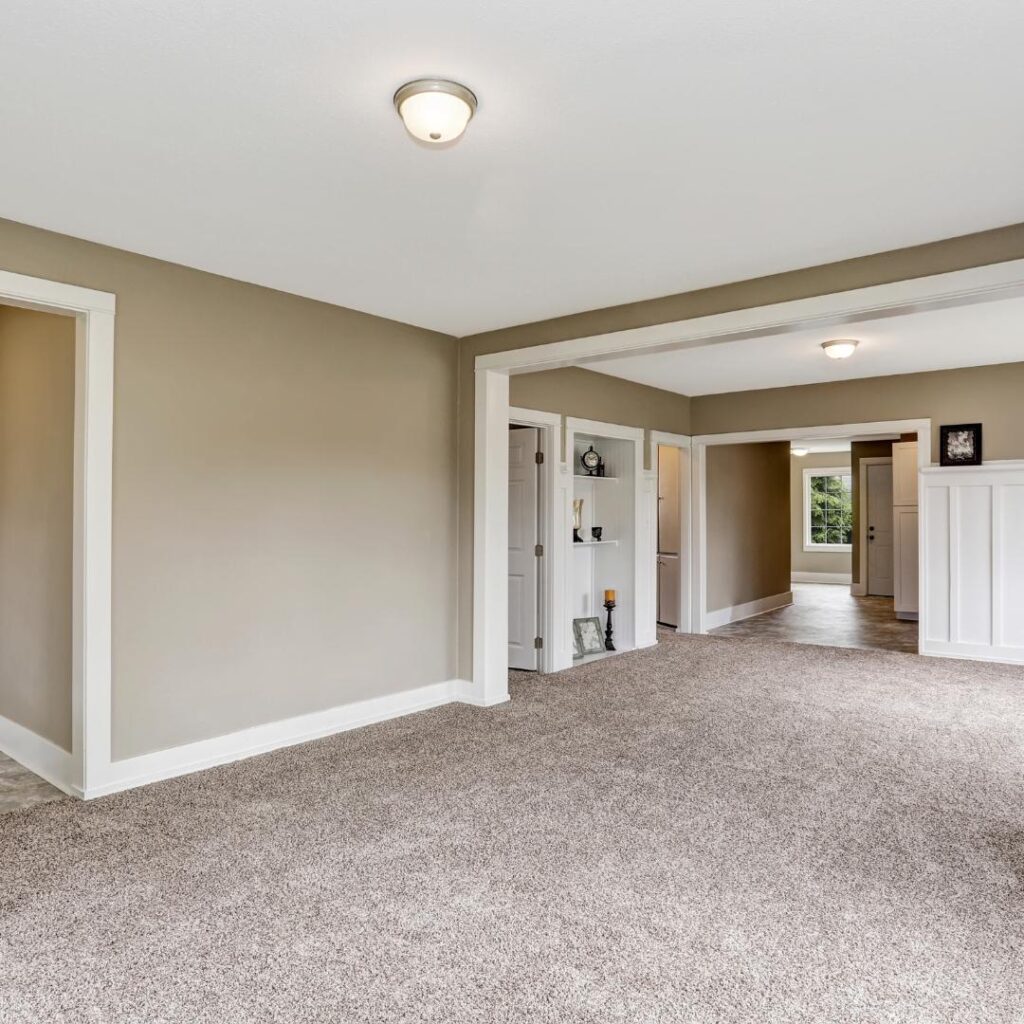
Pro's
- Soft and warm
- quiet and sound absorbing
- Lots of variety
Con's
- High Maintenance
- Susceptible to water damage
- Can stain easily
9. Resin
A distinctive and seamless appearance can be achieved in any room with resin flooring, which is a long-lasting and low-maintenance solution. It is produced from an epoxy and polyurethane combination and is offered in a huge selection of hues, designs, and finishes. Because resin flooring is so resistant to moisture, stains, and scratches, it’s simple to keep clean. It is suited for industrial and commercial environments thanks to its great chemical resistance. It may also be poured to produce a surface that is smooth and devoid of cracks, and it can be utilized for a variety of design possibilities, such as flake, metallic, and 3D designs.
Resin flooring may, however, be slippery when wet and brittle and break if improperly installed. It does require specialized installation, which can add to the overall cost. Despite this, Resin flooring remains a popular choice among homeowners and designers for its durability and aesthetic options.

Pro's
- Affordable
- High Customizability
- Great Durability
Con's
- Long Cure Time
- Speciality Installation
- Slippery When Wet
Conclusion
In conclusion, there are numerous flooring options to take into account while renovating or creating a new area. All of these excellent options—hardwood, engineered wood, laminate, stone, tile, concrete, vinyl, carpet, and resin—have different qualities and advantages. Hardwood flooring offers a home’s natural warmth and character; engineered wood is a more affordable option; laminate flooring is cost-effective; stone flooring is opulent and elegant; tile flooring is adaptable and durable; concrete flooring is contemporary and industrial; vinyl flooring is low maintenance; carpet flooring is soft and comfortable; and resin flooring is strong and low maintenance.
When picking an option, it’s crucial to consider the space’s location, foot traffic, and general aesthetic. With so many options available, it may be helpful to consult with a professional to find the best fit for your space. Ultimately, the flooring choice will play an important role in determining the overall look and feel of the space, so it’s important to choose wisely.
Enjoy The Blog? Make Sure To Share With Your Friends!
Ready To Update Your Flooring?
Get A Free, No-obligation estimate today!
